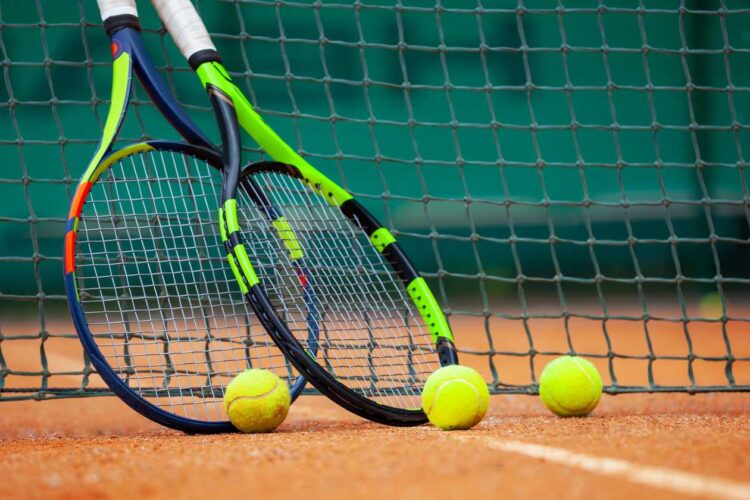Tennis, a sport renowned for its diversity, challenges players to adapt to various court surfaces. From the lush green of grass to the red clay of Roland Garros and the hard, fast-paced courts of the US Open, each surface presents its unique challenges. In this article, we will explore the art of adjusting to the random types, delving into the distinct characteristics of various surfaces, the impact on player strategies, and the techniques employed to excel on each type. You can always learn how to bet for free by clicking the link. You gonna wonder how many ways you miss without that info.
Understanding the Diversity of Court Types
Tennis features four primary court types: grass, clay, hard, and carpet (though less common in modern tennis). Each surface affects ball movement, bounce, and player movement differently, demanding players to adapt their playing styles accordingly.
Grass
Grass courts, like those at Wimbledon, are known for their speed and low bounce. Players must adapt by developing a strong serve-and-volley game, utilizing slice shots, and maintaining quick footwork to exploit the surface’s rapid pace.
Clay
Clay courts, typified by the French Open’s Roland Garros, are slower and bounce higher. Players adapt by employing topspin-heavy shots, defensive baseline strategies, and sliding to reach balls effectively.
Hard
Hardcourts, used in the US and Australian Open, offer a medium pace with consistent bounce. Players often adapt with versatile playstyles, including baseline rallies, net approaches, and serving strategies tailored to the surface’s speed.
Carpet
Carpet courts, now less common in major tournaments, were known for their speed and low bounce. Players adapted with aggressive, serve-and-volley tactics and quick court coverage.
Impact on Player Strategies
Court types influence player strategies significantly. Grass favor aggressive, attacking playstyles, while clay often demands patience and defensive skills. Hard requires versatility, allowing for both aggressive and defensive strategies.
Adapting Playing Style
Professional stars often adapt their playing style to excel on various court types. For example, Roger Federer, known for his grass prowess, has adjusted his game for success on slower surfaces like clay.
Techniques for Adapting
Players employ several techniques to adapt effectively. This includes adjusting their footwork, grip, shot selection, and court positioning based on the surface. Many players practice on different surfaces to enhance adaptability.
The Mental Game
Mental adaptation is equally vital. Players must maintain composure, handle frustration, and stay patient when confronted with challenging court conditions. Mental toughness is key to adapting and thriving.
The Role of Coaching
Coaches play a pivotal role in helping to adapt. They provide insights, strategies, and specific guidance to maximize players’ performance on different surfaces.
Conclusion
Adapting to the random court types in tennis is an integral aspect of the sport. From the lightning-fast grass of Wimbledon to the slow, high-bouncing clay of Roland Garros, each surface presents its unique challenges. The ability to adjust playing style, technique, and mental approach sets elite tennis players apart. As professionals continue to hone their adaptation skills, they enhance their chances of success on diverse court types and contribute to the rich tapestry of tennis history, showcasing their mastery of the sport in all its varied forms.






































Discussion about this post